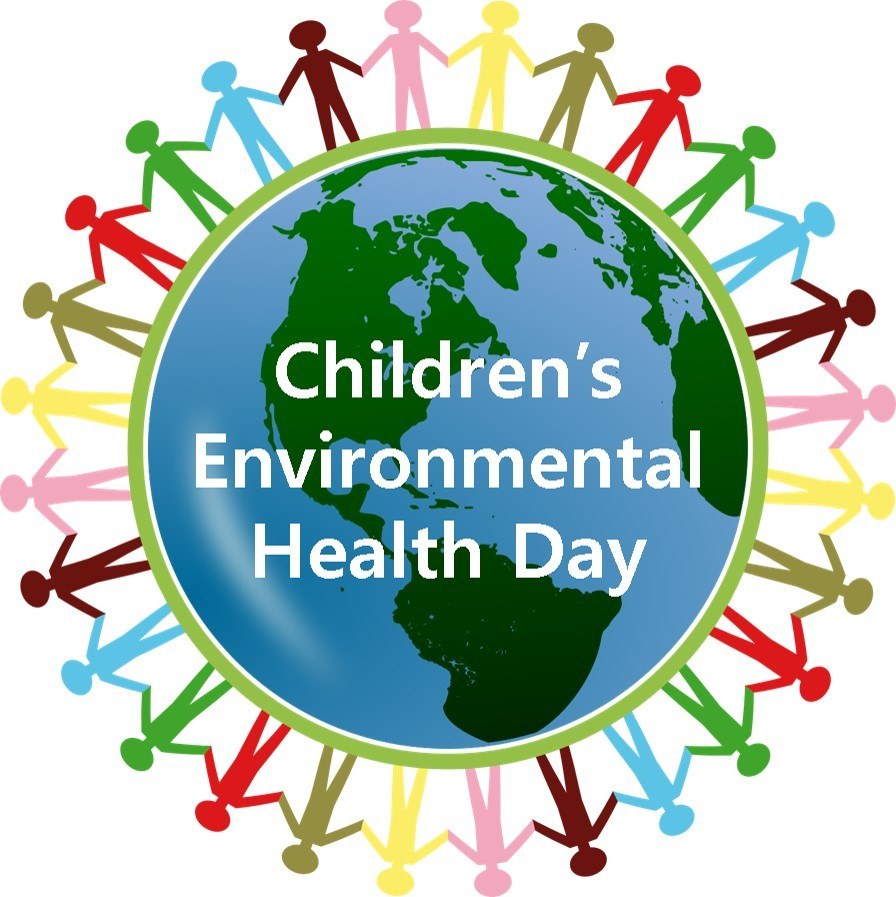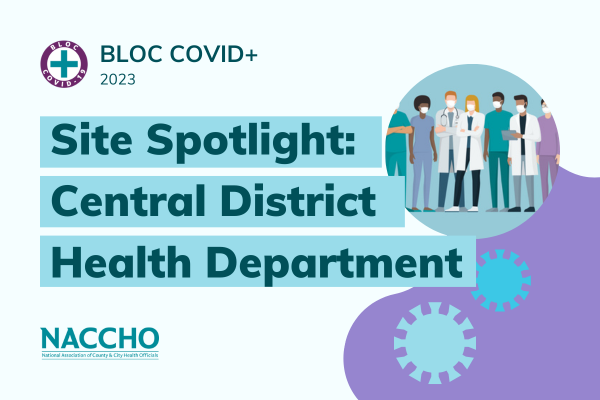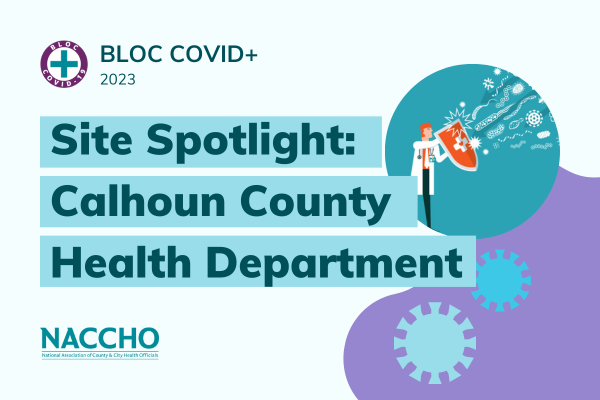Popular Categories
CDC Report: Major Contributing Factors of Foodborne Illness Outbreaks
The Centers for Disease Control and Prevention’s National Center for Environmental Health, (NCEH CDC) has released a report on...
Jul 19, 2017 | Amy Chang
Fish-Associated Outbreaks: One of Most Common for Foodborne Illness
The Centers for Disease Control and Prevention (CDC) released a study outlining fish-associated foodborne disease outbreaks over the...
Jul 19, 2017 | Amy Chang
Implementation of Antibiotic Stewardship Core Elements at Small and Critical Access...
The Centers for Disease Control and Prevention (CDC) recently released a new resource for small and critical access hospitals to help...
Jul 17, 2017 | Kim Rodgers
Video for Clinicians: Fighting Syphilis Increase
Rates of syphilis continue to climb across many communities throughout the U.S., and even rates of congenital syphilis are once again...
Jul 12, 2017 | Kim Rodgers
WHO: Antibiotic-resistant gonorrhoea on the rise, new drugs needed
This was originally released by the National Coalition of STD Directors. According to a release today by the World Health...
Jul 10, 2017 | Kim Rodgers
New Vaccine Adverse Event Reporting System (VAERS) Website
The Centers for Disease Control and Prevention (CDC) and U.S. Food & Drug Administration (FDA) recently announced VAERS 2.0...
Jul 06, 2017 | Kim Rodgers
Newly Released: New Hampshire Disability and Public Health Project Resources
The New Hampshire Disability and Public Health Project recently released a number of valuable resources, including a new report, video...
Jun 30, 2017 | Anastasia Sonneman
Keep Crypto out of the Pool: Addressing One of the Summer’s Major Public Health Risks
By Hannah Donart, NACCHO Environmental Health Intern Cryptosporidium (Crypto) is one of the most common causes of diarrheal disease...
Jun 29, 2017 | Guest Author
CDC Report: Major Contributing Factors of Foodborne Illness OutbreaksThe Centers for Disease Control and Prevention’s National Center for Environmental Health, (NCEH CDC) has released a report on factors that cause or amplify foodborne illness outbreaks (contributing factors). Information on contributing factors is critical to preventing outbreaks making this a highly valuable resource for local and state food safety professionals. The findings from analyses... Jul 19, 2017 | Amy Chang |
Fish-Associated Outbreaks: One of Most Common for Foodborne IllnessThe Centers for Disease Control and Prevention (CDC) released a study outlining fish-associated foodborne disease outbreaks over the past nearly two decades. The study, “Fish- Associated Foodborne Disease Outbreaks- U.S. 1998-2015”, shows that fish continue to be an important source of foodborne outbreaks, with tuna (37%), mahi-mahi (10%), and grouper (9%) being the types of […] Jul 19, 2017 | Amy Chang |
Implementation of Antibiotic Stewardship Core Elements at Small and Critical Access HospitalsThe Centers for Disease Control and Prevention (CDC) recently released a new resource for small and critical access hospitals to help healthcare facility leaders and providers implement antibiotic stewardship activities in their facilities. The Implementation of Antimicrobial Stewardship Core Elements at Small and Critical Access Hospitals uses the CDC Core Elements of Hospital Antibiotic... Jul 17, 2017 | Kim Rodgers |
Video for Clinicians: Fighting Syphilis IncreaseRates of syphilis continue to climb across many communities throughout the U.S., and even rates of congenital syphilis are once again surging. Healthcare providers are uniquely positioned to stamp out these increases; however, those of us in public health can help to ensure that they’re aware of this dangerous trend and have the necessary prevention […] Jul 12, 2017 | Kim Rodgers |
WHO: Antibiotic-resistant gonorrhoea on the rise, new drugs neededThis was originally released by the National Coalition of STD Directors. According to a release today by the World Health Organization (WHO), cases of untreatable gonorrhea are rising around the globe. In the U.S., no untreatable cases have yet been detected. WHO’s warning comes on top of a proposed 17% funding cut next year by […] Jul 10, 2017 | Kim Rodgers |
New Vaccine Adverse Event Reporting System (VAERS) WebsiteThe Centers for Disease Control and Prevention (CDC) and U.S. Food & Drug Administration (FDA) recently announced VAERS 2.0 (Vaccine Adverse Event Reporting System 2.0), the national adverse event reporting system for monitoring the safety of U.S.-licensed vaccines. VAERS 2.0 includes a new reporting form and a new website that allows users to: Easily submit a VAERS […] Jul 06, 2017 | Kim Rodgers |
Newly Released: New Hampshire Disability and Public Health Project ResourcesThe New Hampshire Disability and Public Health Project recently released a number of valuable resources, including a new report, video and two fact sheets, please see below for details and links to access each item. Local health departments and partners are strongly encouraged to use these resources as tools to support disability inclusion within the […] Jun 30, 2017 | Anastasia Sonneman |
Keep Crypto out of the Pool: Addressing One of the Summer’s Major Public Health RisksBy Hannah Donart, NACCHO Environmental Health Intern Cryptosporidium (Crypto) is one of the most common causes of diarrheal disease outbreaks associated with recreational water activity in the United States and these outbreaks are occurring at increasing frequencies. In 2016 alone, state health departments reported at least 32 outbreaks of the disease associated with swimming pools […] Jun 29, 2017 | Guest Author |

Subscribe Today
Sign Up for the E-mail Digests
Create an account or login to MyNACCHO and go to "My Subscriptions."
SUBSCRIBE NOW




